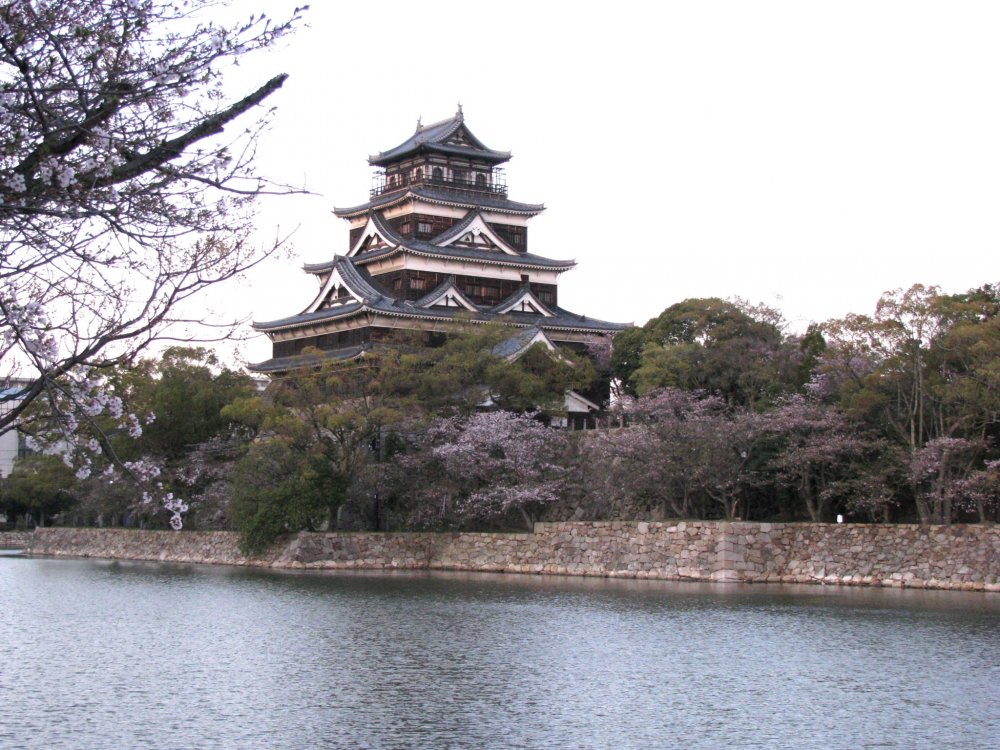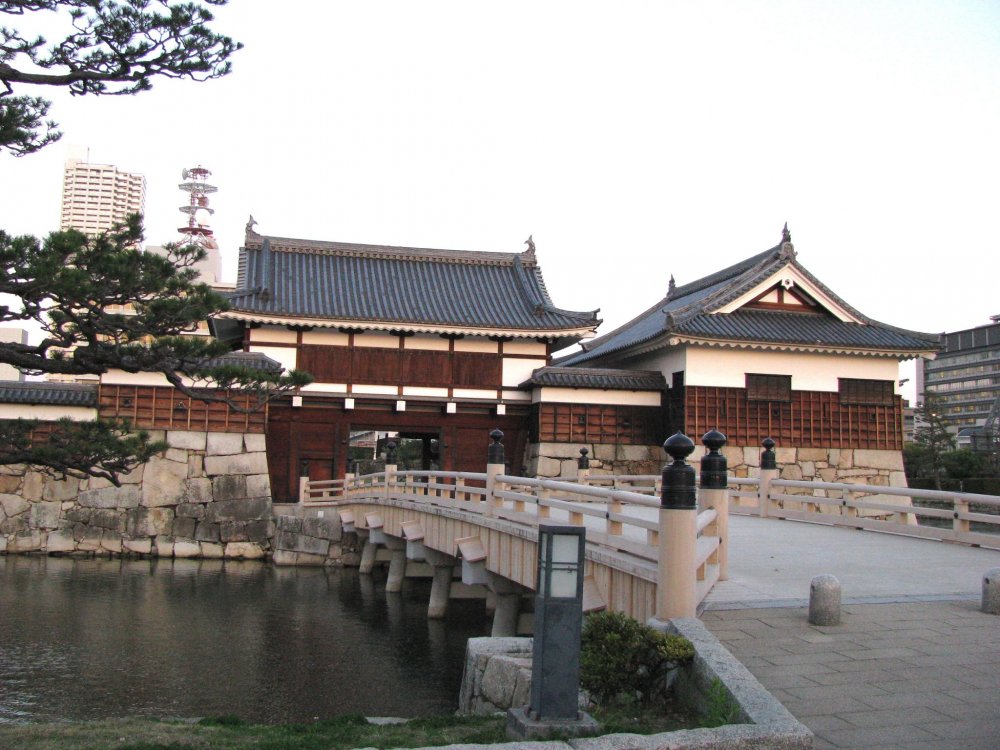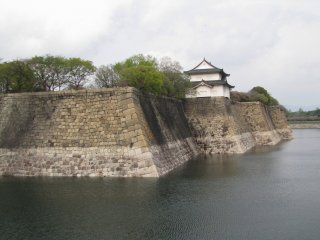Although I had only a few opportunities to visit castles, the five that I did explore gave me quite a clear impression of what a Japanese castle is.
In spite of being built on a similar plan, each fortress is as unique as the terrain on which it stands, and the ambitions of the clan that built it. These fortresses were located on hills and raised on stone bases above the surrounding area for good observation and defense. All castles had vast walled territory with gates and moats on their perimeters. A castle’s site was often connected to the outer territory by a bridge. Bigger castles such as Osaka and Hiroshima have corner watchtowers.
Each castle has a unique history tightly connected with the history of Japan. Although castles may seem similar, each has its own proportions, colors and decorations. Many original castles were lost in wars and fires, and later in government campaigns to modernize the country, so now most of the castles are reconstructions and contain interesting historical museums that are worth visiting. Castles’ territories of today are occupied by beautiful Japanese gardens, but in the past these spaces were part of the defended fortresses.
However, among the surviving castles there are five originals with structures listed as national treasures and one of them – Karasu-jo of Matsumoto I was fortunate to visit. A trip to Himeji-jo, one of these fine castles, is still my dream.

























































The castles such as restored Matsuyama-jo, and replica Tsuruga-jo are worth visiting as much as the original castles designated as national treasures.